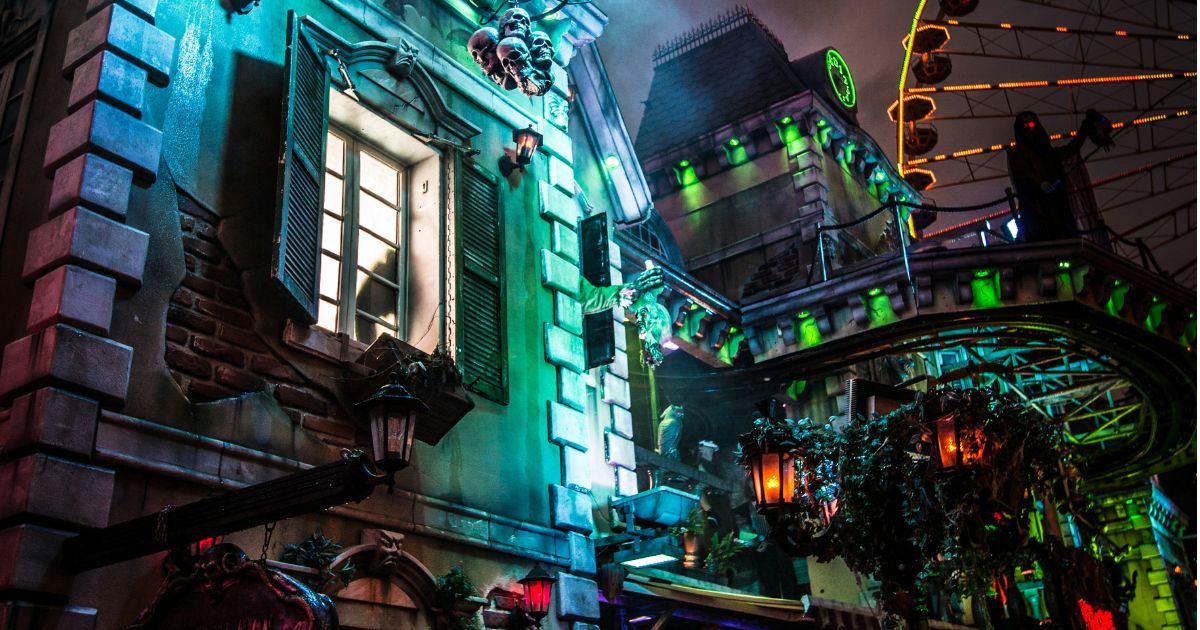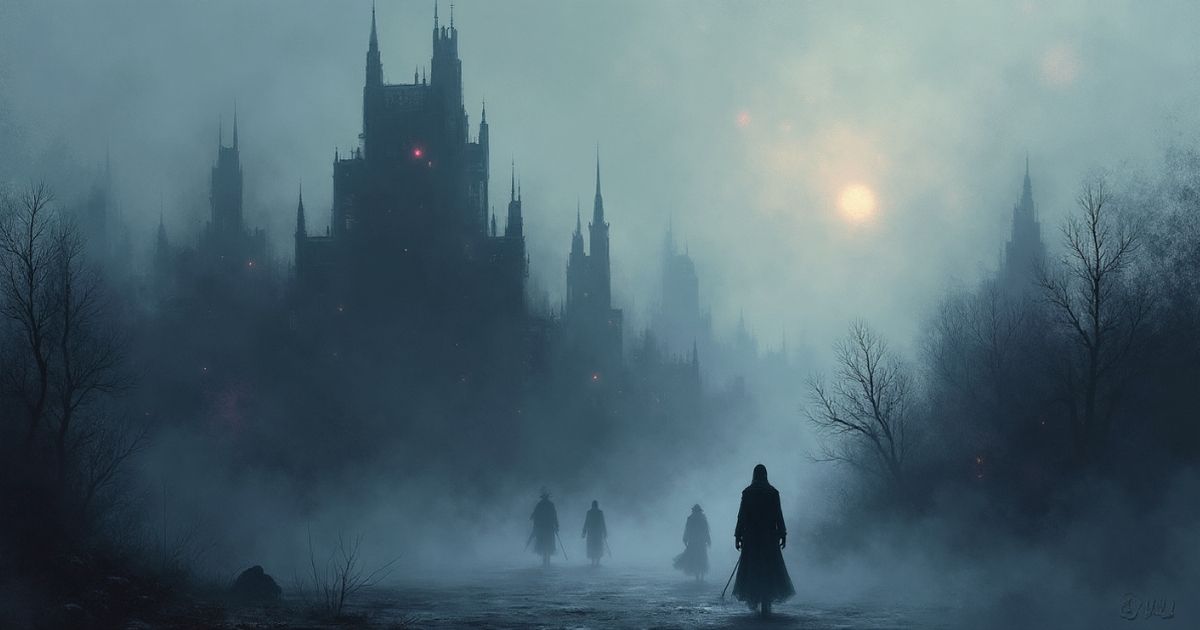Why We Crave Fear: The Psychology of Being Scared
Why We Crave Fear: The Psychology of Being Scared
Picture this: you’re creeping through a pitch-black hallway. The silence is suffocating. Suddenly BAM! A decrepit woman wrapped in a veil leaps from the corner, and you scream so loud you surprise yourself. Your heart pounds, your hands shake, and you laugh as relief washes over you.
But here’s the real question: why on earth do we pay money to be terrified?
The answer lies in the strange, fascinating psychology of fear and why it feels so good when the danger isn’t real. Today we will jump into the psychology of being scared and how fight-or-flight affects others differently.
Fear in a Safe Package
When something scares us, our body snaps into fight-or-flight mode. Adrenaline floods our system, our senses sharpen, and our hearts race. In the real world, this would mean we’re preparing to outrun a wild animal or fend off an attacker.
But in a haunted house or horror movie, we know deep down that we’re safe. The brain says “danger!” while the body says “not really.” That mix creates a unique thrill, a cocktail of adrenaline and dopamine that leaves us feeling euphoric once the scare is over.
It’s fear without consequences. And for many, it’s addictive.
Why Some of Us Love It (and Some of Us Don’t)
Not everyone lines up to be chased by chainsaw-wielding maniacs. Research shows that people who enjoy horror often score high on sensation-seeking traits—they thrive on adrenaline, whether it’s skydiving, roller coasters, or haunted mazes.
There’s also a social element. Screaming together in the dark creates powerful bonds. Think about it, how many friendships have been cemented by clutching each other’s arms in a haunted house or laughing hysterically after surviving a jump scare?
And let’s not forget the primal appeal. Fear lets us safely explore the darkest corners of the human experience, death, danger, and evil without real-world consequences.
Horror as a Mirror
Fear isn’t just about the rush; it’s also about storytelling. Horror has always reflected cultural anxieties:
- Zombies rose in popularity during times of disease and pandemic fears.
- Slasher films exploded in suburban America, echoing anxieties about safety and strangers.
- Paranormal tales often spike during uncertain times when people seek meaning in the unknown.
We flock to horror not only to scream but also to see our world’s anxieties dressed up as monsters.
Haunted Houses: The Ultimate Fear Playground
While horror films work their magic on screen, haunted attractions offer something even more powerful: immersion.
In a haunt, you’re not watching the character who gets cornered. You are the character. Every flicker of light, every echoing footstep, every actor lunging from the shadows convinces your brain (even if only for a split second) that you’re in real danger.
And when you stumble out the exit, laughing and breathless, you feel a sense of victory. You faced the monsters. You survived. And you can’t wait to do it again.
The Sweet Sound of Screams
So why do we crave fear? Because fear makes us feel alive. It jolts us out of the ordinary, bonds us with friends, and delivers an unforgettable high. All in a safe, controlled space.
As spooky season kicks off, remember, we don’t just love fear. We chase it. And the screams? They’ve never sounded sweeter.







